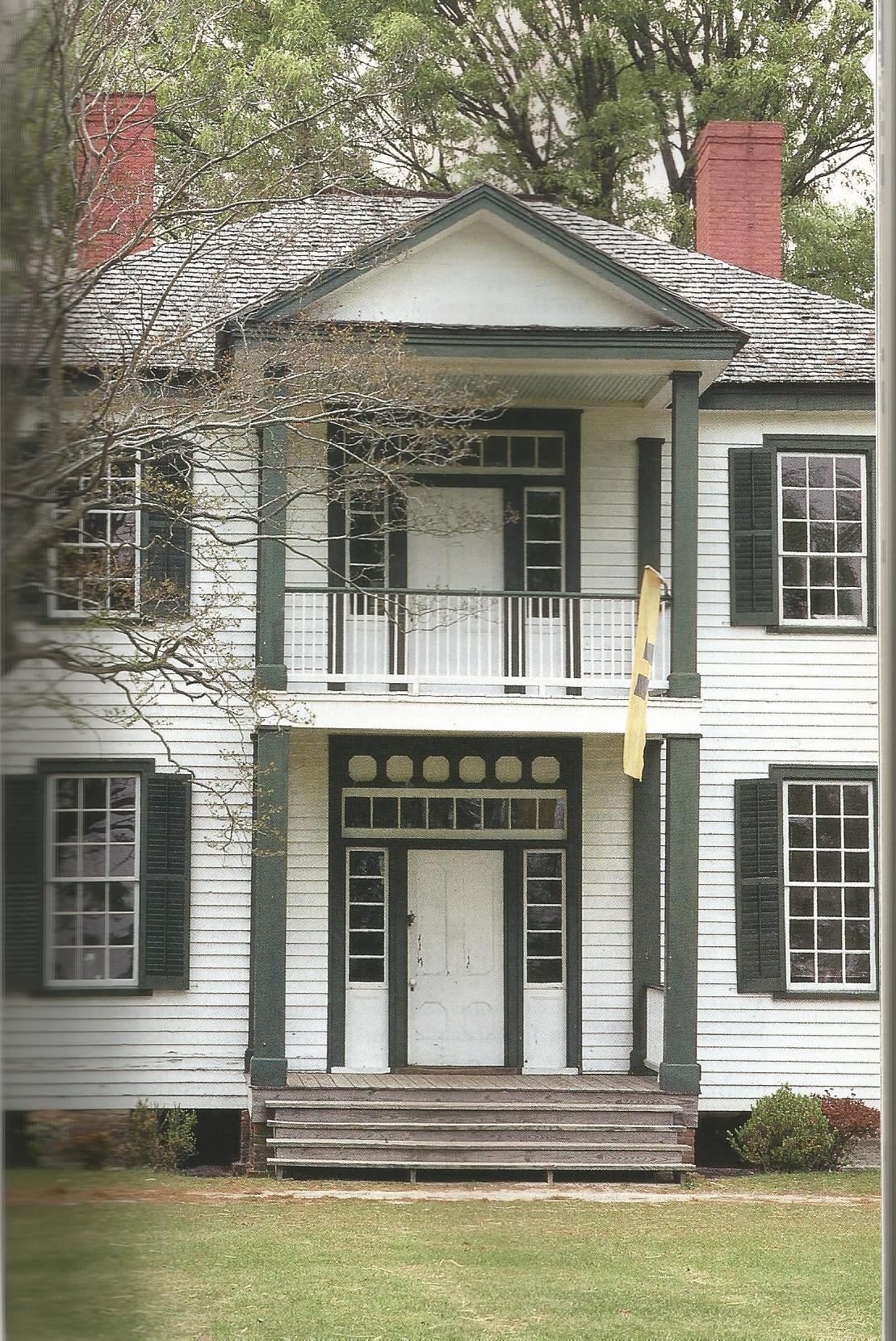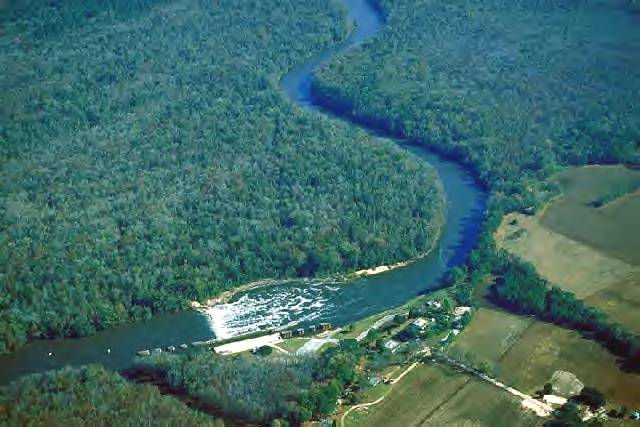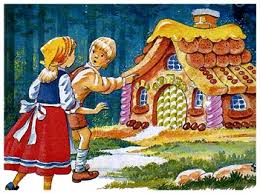Cumberland County Wills and other Records Available to Members of North Carolina Pioneers
Images of Cumberland County from the "Loose" Wills and Estates Collection, 1761 to 1895
Crow, John | Evans, Josiah | Hardin, Mary Ann | Harmack, Benjamin | McMesh, Nancy | McTeran, Archibald | Morgan, W. M. | Newberry, John | Patterson, Daniel | Patterson, Duncan | Patterson, John | Pearce, Margaret | Peacock, Jesse | Pearson, G. W. | Pearson, John Stokes | Pegram, Stephen | Pemberton, Thomas H. | Perry, Jane Beeye | Perry, Peter T. | Peterson, John | Peyton, Thomas | Phillips, John | Phillips, Mark | Plummer, Richard | Porter, Sylvia | Porterfield, John | Potter, Henry | Priest, Mary | Prince, John | Ragland, George | Ramsay, Francis | Ray, Angus | Ray, Ann | Ray, Catharine | Ray, Daniel | Ray, Duncan | Ray, John | Reardon, Thomas | Reding, Timothy | Reeves, Nathaniel | Revels, Thomas | Roberts, Phillip | Robinson, Edward | Robinson, Mary | Robinson, Phillip | Rodgers, Jacob | Rollins, G. S. | Ross, Catharine | Rowan, Robert | Russell, William | Ryals, Richard | Shaw, Duncan | Smith, Sarah R. | Wade, Levi C. | Walker, Farthy | Walker, Francis | Walker, Rachael | Walker, William | Walls, John | Ward, Ollive Warrick, John | Watson, Samuel Westbrook, Elizabeth | White, Rachel | White, Thomas | White, William | Whitehead, William | Whittle, William | Wilder, Mary | Wilkins, Elisha | Wilkinson, Neill | Williams, Mary | Williams, Samuel | Williamson, John | Williamson, Josiah | Wilson, Jane | Wilson, Joseph C. | Wilson, Silvanus | Winslow, Caroline Martha | Yarbrough, Elizabeth
Taxables
- 1777-1783
- 1824-1829
The Harper House in War


Cumberland County Wills and Estates
Miscellaneous Wills
- Peterson, John, LWT, transcript (1788)
Index to Probate Records
- Loose Wills and Estates 1761 to 1895
Hansel and Gretel Left Crumbs. What Crumbs Did our Ancestors Drop?"
